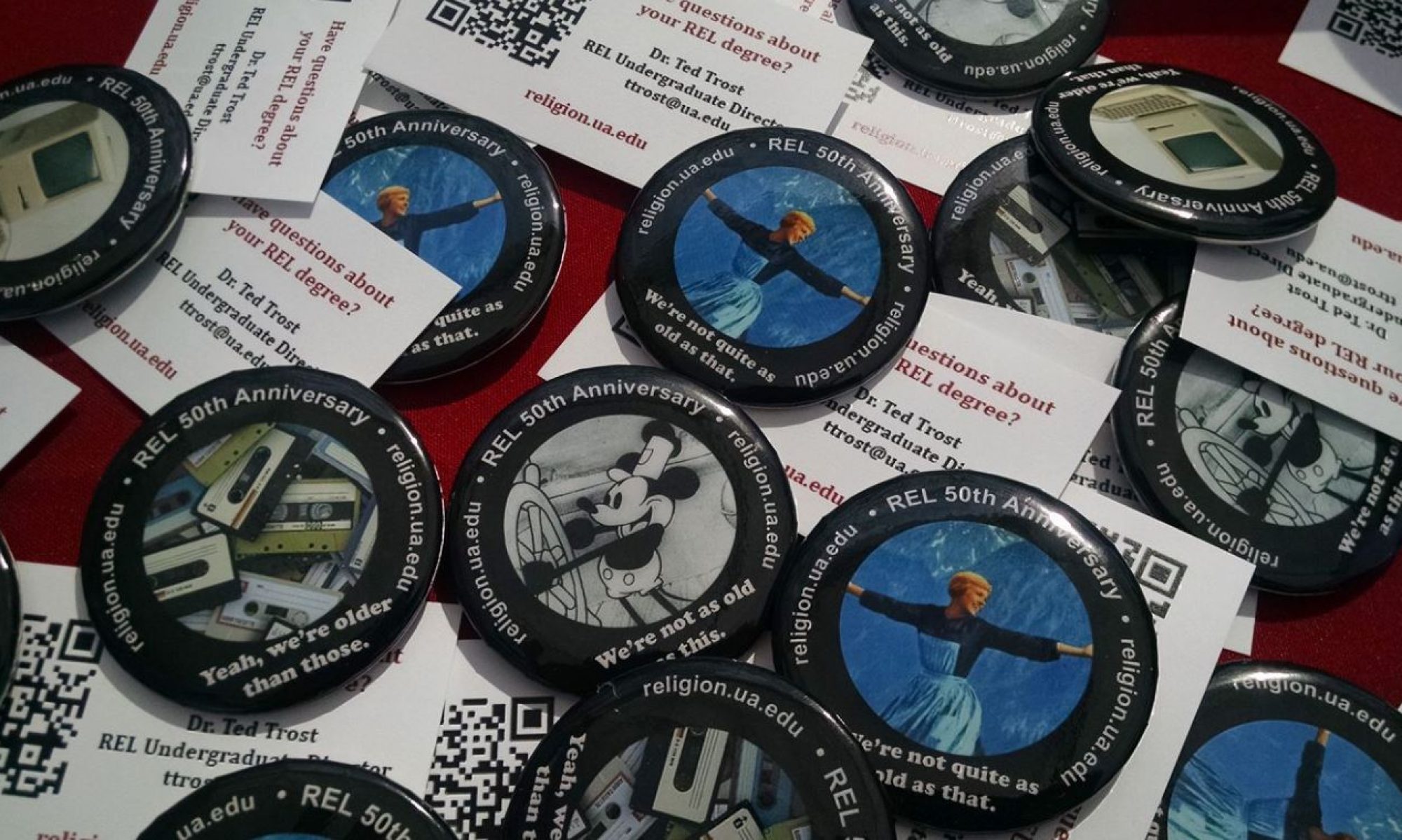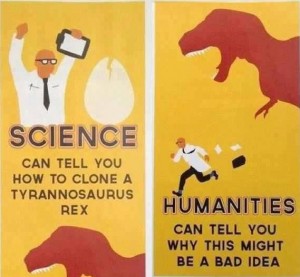Our new University President, Dr. Guy Bailey–who, in the late 1960s and early 1970s, earned his own B.A. and M.A. at the University of Alabama (in English)–arrived on campus about a month or so ago, and in a recent interview, had this to say in reply to the following question:
“Q. What did UA give to you as a student that you want current students to receive?
A. Our students should have the highest quality education at the best possible value. Their degree and education should equip them not just for a job, but for any career the future might hold for them. UA gave me the ability to write well and think critically. This is what the core curriculum provides and its importance shouldn’t be underestimated today.”
What do you think the relationship is between job training and education? Which do you think the contemporary university is all about? Why do we have a core curriculum? And what’s the liberal arts got to do with it?




